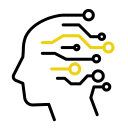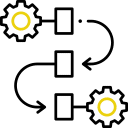Competency Framework
Since the change in the VUCAD world is the only constant, organizational leaders at all levels irrespective of their functions, in order to lead the change must aim at making themselves more competent continually. Competency development is a journey towards excellence and not a destination. This is true for both behavioural and functional competencies. To enable the team members to develop themselves in this journey of excellence, organisations create and deploy competency frameworks which, when implemented well, can increase clarity around performance expectations and establish a clear link between individual and organisational performance.
GrowthSqapes’ competency framework focuses on the development of behavioural competencies that drive individual as well as organizational capability building leading to business impact.
OUR 4E IMPACTFUL LEADERSHIP COMPETENCY FRAMEWORK
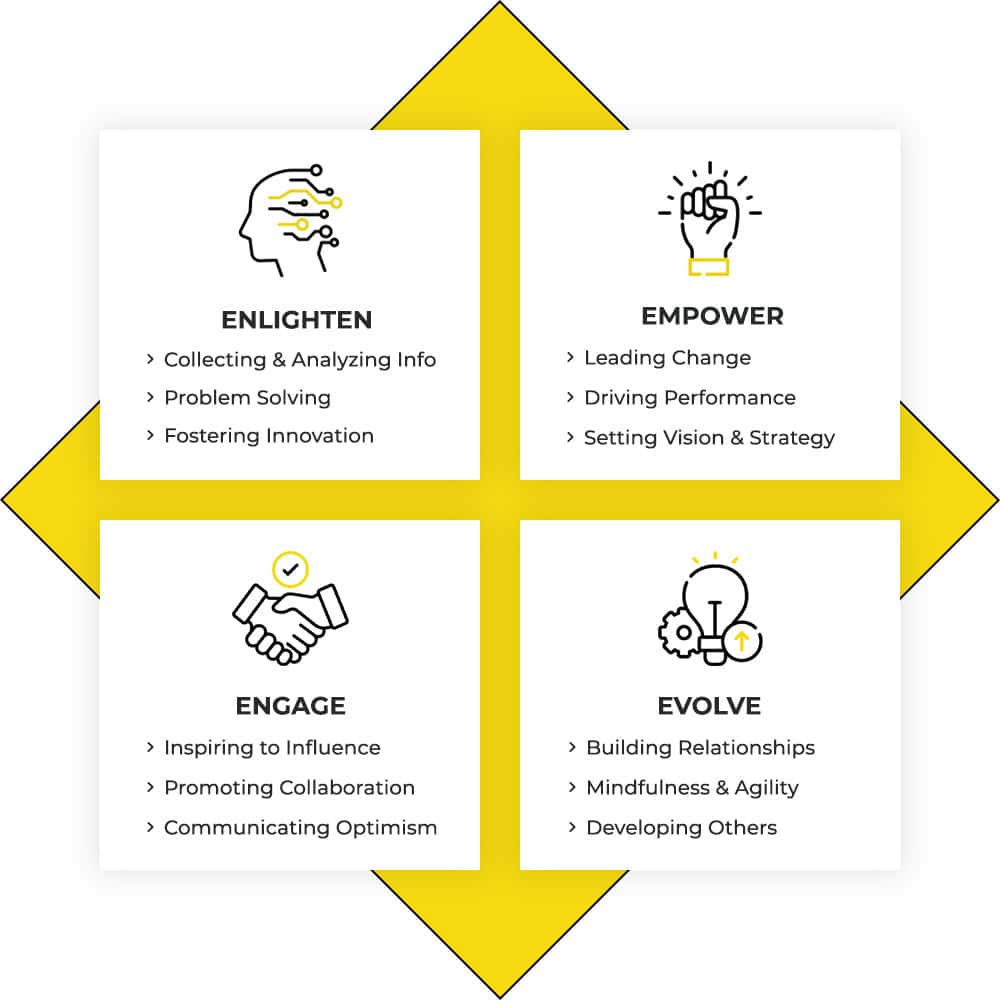
4 Competency Clusters/ 3 Behaviours in Each Cluster/ 5 Levels in Each Behaviour.
WHAT THE 4E FRAMEWORK RESULTS INTO
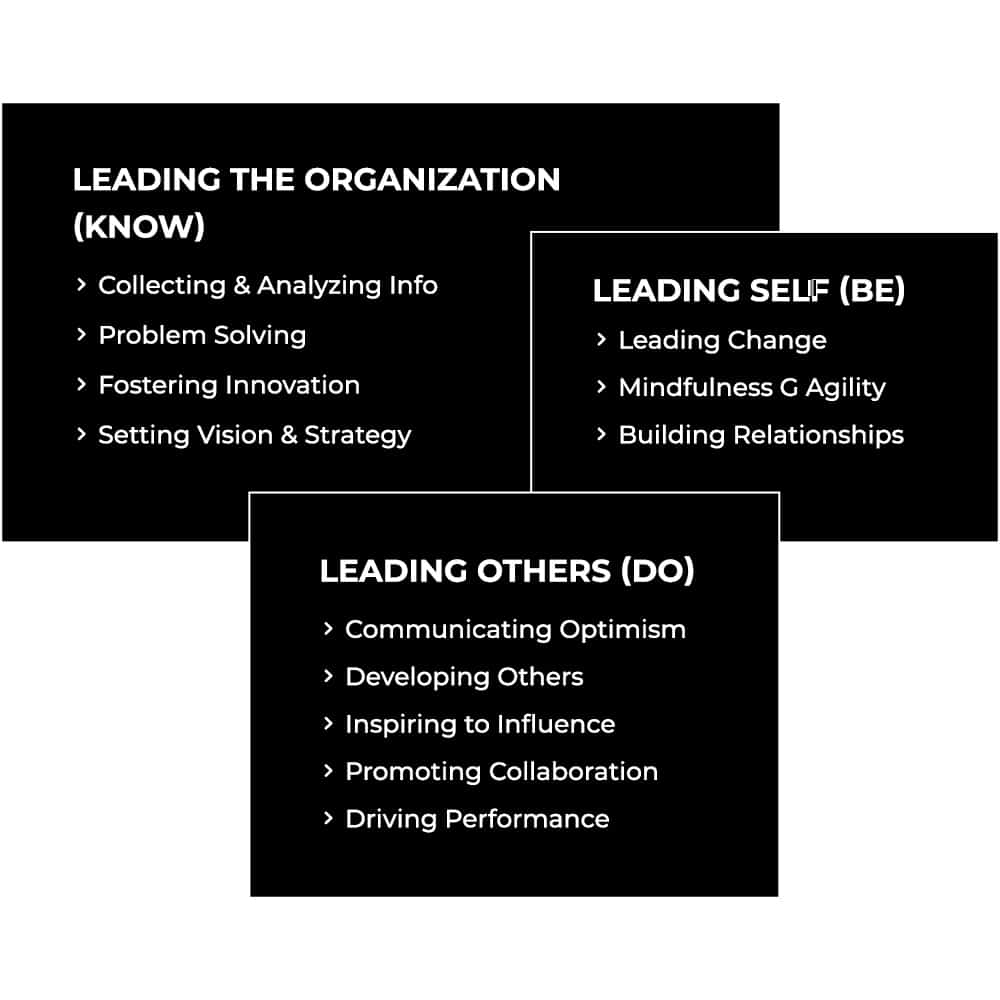

Objectives
- To create a mechanism of sustained competency development of team members.
- To peg the organization to global standards and levels of performance.
- Develop behavioural competencies that facilitate agility in the entire organisation.
- Create a robust pool of competent leaders.
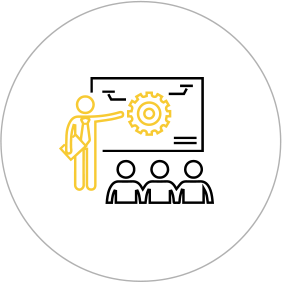
Who Should Attend?
Leadership team members across functions and levels.
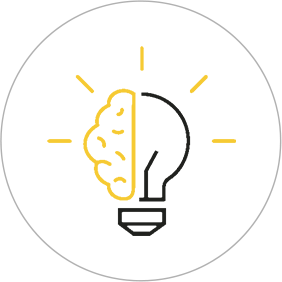
Key Learning for Participants
- Understand the styles and behaviours desirable in a specific leadership role.
- Align oneself to higher-order self-awareness and purposes that translate as a durable driver of career success.
- Embark upon a developmental road map for self-development towards different/higher-order roles.
- Learn how to be more productive, adaptive and effective in one’s role in the organization.

Business Impact for the Organization
- Improved role effectiveness of the leadership team member.
- Gives team members an insight into the overall strategy of their team, department, and organization, leading to greater engagement and motivation.
- Development of leadership competencies that facilitates agility in the entire organisation.
- Creation of a more innovative, creative and transformed organisation.
Design Elements






Delivery Elements





